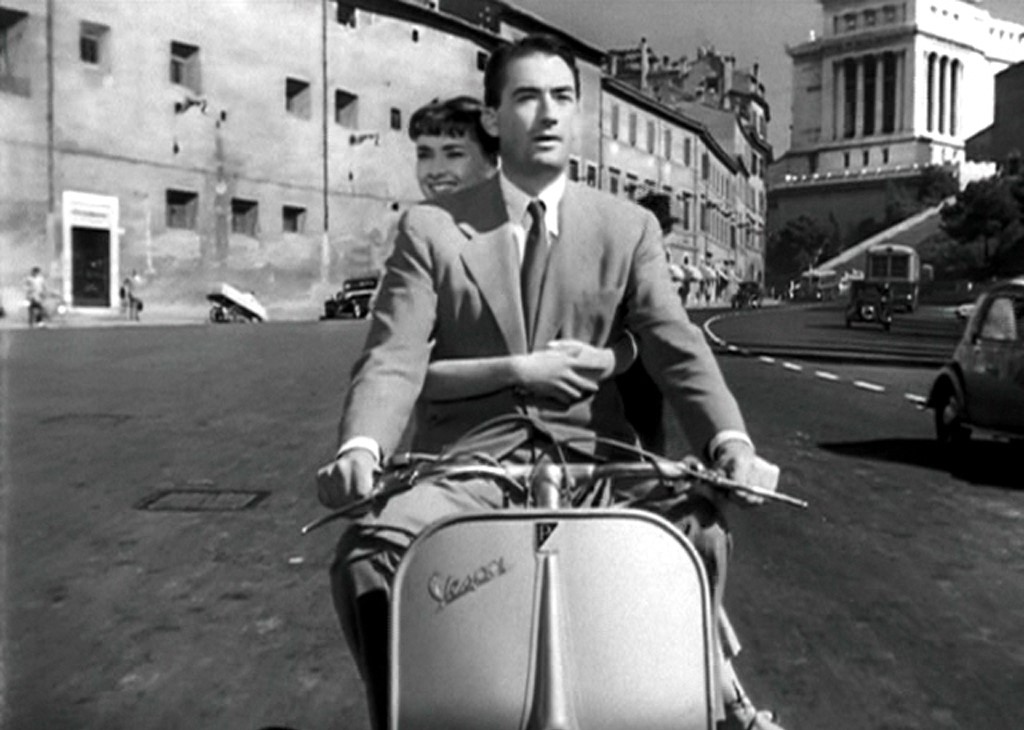
 italia.it
italia.it
Italian culture and history: Vespa The Making of an Italian Legend
- WTI Magazine #133 Nov 14, 2020
-

 italia.it
italia.it
A classic, an icon, it shaped Italy’s post-World War II pop culture, starring in one of the world’s favorite films and defining the Bel Paese in both image and reality. It is nothing if not an international symbol of Made in Italy style and design.
Historical and Social Context
With its musically-flowing yet minimalist lines and its practical functionality, the Vespa is the fruit of a technological revolution that upturned the concept of mobility in the mid-20th Century. From the meeting of two great minds – smart entrepreneur Enrico Piaggio and innovative designer Corradino D’Ascanio – everybody’s favorite scooter came into being. The pair simply wanted to re-start Italy’s economic engine, but the result turned out to be much more: today, it is the most famous and widespread scooter on the planet, as well as the epitome of Italy’s post-War trajectory.
The "Vespa" is Born
In the spring of 1946, this light, intrinsically glamorous two-wheeler was introduced to the public. A relatively-affordable means of transport, it was targeted at young professionals and women, who could now ride while wearing a skirt, and without having to worry about the messiness of dirt, mud and oil.
Originally, this little moto was to be called “Paperino” (meaning little duck), but upon seeing it, Enrico Piaggio declared that it resembled a “Vespa,” that is, a wasp. So it was, and for 80,000 Lire, one could buy a sense of liberty that traveled at 60 kph (or 37.3 mph).
It was not long until the 1950s would arrive, and thus much of Western Europe’s economic golden years: Italy would soon be hopping on its Vespa and riding into the sunset aboard a vehicle that would very quickly surpass its competitors to dominate the market.
The Brand
From its very debut, the Vespa also benefited from Enrico Piaggio’s strategic communication style. The first ever publicity campaign, in 1946, depicted an independent, working woman ready to set off on her Vespa. The message was definitely a precursor - along with the fact that Italian women had just voted for the first time in the history of the nation - for things to come.
Piaggio’s PR was poignant, and this little flyer was the subject of postcards from Italy in those years. Still, sometimes nothing but a fashionable, star-studded film can capture the character of an era (and the imaginations of generations to come) as William Wyler’s Roman Holiday did. Burned on our memories are Audrey Hepburn and Gregory Peck zipping around the sunny Eternal City on their gorgeous white Vespa, selling not only a product, but a mood: the Vespa had certainly made the most of its moment in the product placement spotlight.
The dream of Italy, that good life that most of us crave, is encapsulated in the Vespa, in all its versions and colors. It is by now routine that tourists rent their own so that they can glide along the streets of Caput Mundi, or even on the Amalfi or Sicilian Coasts. And don’t we all want, even if for just a day, our own personal Roman holiday?
Many Vespa owners not only get around on their scooters on an exclusively quotidian, utilitarian basis: the Vespa is also made for fun, and particularly in warmer months, owners participate in rallies or take on a small trip in their native Italy, enjoying the wind in their hair and the sights and scenery along the way.
Enthusiasts that happen to be in northwestern Tuscany are not far from the Museo Piaggio in Pontedera (near both Pisa and Florence); here they can retrace the history of the globe’s most beloved set of two wheels.